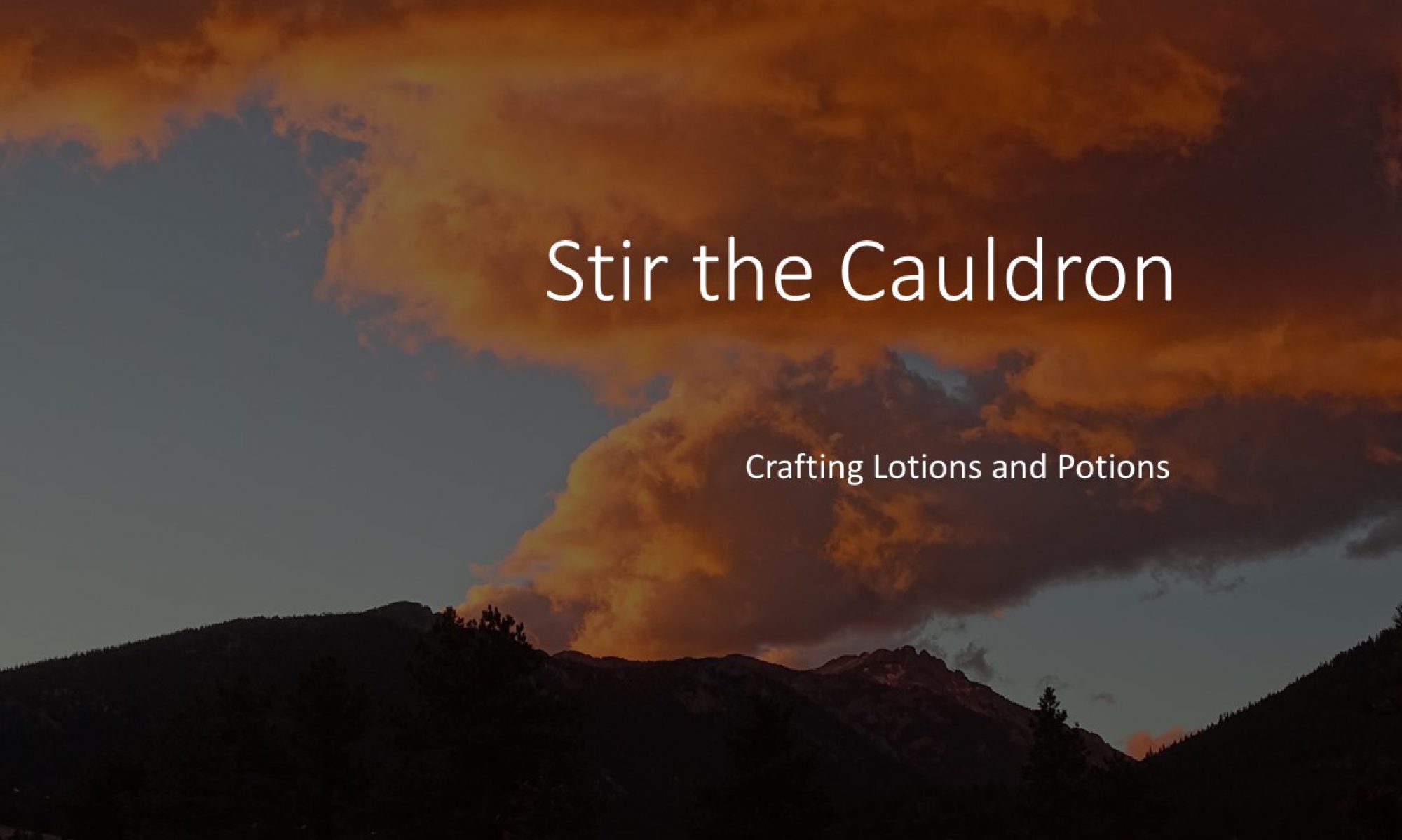My first venture into making cosmetics was around this time of year. I spent a couple of days at a workshop offered by Rowan McOnegal. We made a classic Cold Cream and I added what I considered seasonal essential oils to provide fragance and act as preservatives. I called it “Yule” because it’s a short word to put on a label. And it’s what I was trying to evoke with the aromatic oils.
Since my first attempts, my cosmetic recipes have mostly been in two parts:
- A base of oils, often combined with with water based ingredients
- Esssential oils to provide fragrance and prevent mould and bacterial growth.
This post briefly explores how a perfume of essential oils is constructed, ending up with a recipe for a blend intended to invoke the the spirit of Yule.
The composition of a perfume
The word “composition” is somehow appropriate for perfume. The analogy of making music is carried into the words used to describe the process.
Essential oils used in composing perfume are divided into three categories:
- Head (or Top) notes
- Heart (or Middle) notes
- Base (or Bottom) notes.
Head notes are the more volatile oils. They are the first to catch your attention. Their impact is immediate, but short-lived. They are the first to fade, often within minutes.
Heart notes have more staying power than head notes. They may linger for an hour or two.
Base notes are the least volatile, and may last a day or more.
The categorisation of oils as Head, Heart or Base is not an exact science. Most fall clearly into one category or another, but some inevitably fall on the cusp between.
There are no hard and fast rules, but a balanced perfume normally contains Head, Heart and Base oils.
Chords
Continuing the musical analogy, a blend of notes of the same category is known as a chord. So a perfume normally comprises:
- A chord of Head notes
- A chord of Heart notes
- A chord of Base notes.
Perfumeurs often blend individual chords, and then blend the completed chords into the final perfume. I recognize that I’m an amateur, so I do not attempt to shortcut this process.
Patrick Süskind presents a slightly stylized version of composition in his novel Perfume. His ideal perfume comprised 12 individual elements in 4 chords, plus a final 13th element to complete the perfume. Perfumeurs would recognise the addition of the 13th ingredient as dosing the blended perfume.
Dosing
In addition to the chords that are blended to produce a perfume, some perfumeurs add very small quantities of particularly assertive ingredients. Musk, civet and ambrette have been used for dosing. Musk is virtually unobtainable now, and along with civet raises some significant ethical issues.
Re-imagining Yule

My 2017 and 2018 Yule blends comprised:
- A Head note of Nutmeg
- Heart notes of Clove and Cinnamon
- A Base note of Frankinsense.
While this produced a suitably festive perfume, I wanted to evoke a couple of the memories of distant Winter celebrations:
- Oranges were one of my childhood associations with the Winter holidays. Fresh oranges were not so common (it was a while ago) and mandarin oranges (satsumas) were a seasonal treat.
- Evergreens connect the Christmas Tree tradition with the older “bringing in the green”.
As well as selecting Bitter Orange and Scotch Piner Needle to go with the oils used in earlier years, I added Corriander. I wanted to include the seasonal references, but that doesn’t always result in a harmonious blend. I suspected that a little Corriander would help the other ingredients rub along together. Bitter Orange, Scotch Pine Needle and Corriander are all Head notes, so while my Heart and Base cords remained the same my Head note chord now comprised:
- Bitter Orange
- Scotch Pine Needle
- Nutmeg
- Corriander.
I’ll discuss the process of selecting the proportions of the oils in a perfume in a future post. In the meantime, here’s the my recipe for (this year’s ) Yule fragrance :
- 6 Drops Bitter Orange Essential Oil
- 2 Drops Scotch Pine Needle Essential Oil
- 3 Drops Nutmeg Essential Oil
- 4 Drops Coriander Essential Oil
- 3 Drops Clove Essential Oil
- 2 Drops Cinnamon Essential Oil
- 9 Drops Frankinsence Essential Oil
